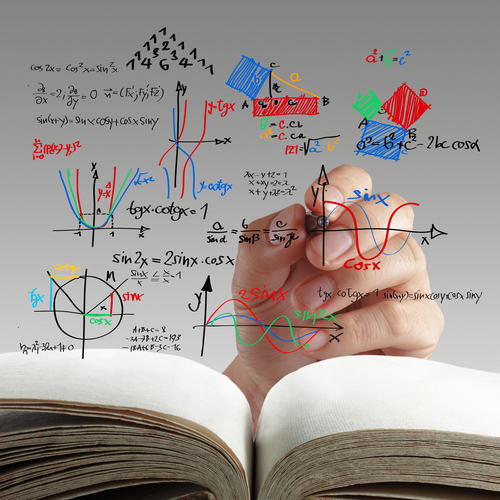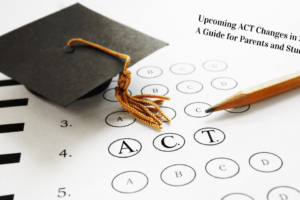
4 Ideas for Writing in Math Class

A well-known adage in education suggests every teacher is a reading teacher. By extension, every teacher also might be a writing teacher. Writing serves different purposes across content areas. In a math class, writing might be less about crafting eloquent prose and more about encouraging students to clarify their thinking about concepts. Getting students to do so can seem challenging, but it doesn’t need to be. Math teachers do need to balance their actual math instruction with time spent teaching students how to write about math. Below are some tested ideas that can facilitate the right kind of math writing.
1. Encourage Journaling
Like other ideas on this list, journaling in math class isn’t a new approach. It is an important one, however. Journaling can be the least invasive and most productive way to get students to write about math. Students can write about the difficulties they face with particular concepts along with how they manage to overcome these difficulties. They can describe their thought processes about solutions as they are arriving at these solutions. The teacher can have students write to one another to compare their thoughts regarding certain kinds of problems. Journaling can be structured and formal, or it can be free flowing and uninhibited. They key is that it happens often so students become used to the experience. Whether writing narratives about their experiences with math, or writing accurate step-by-step descriptions about problems, journaling should be the vehicle for getting students to be comfortable with math writing.
2. Read about Math
As with any other type of writing, students should have models from which to work. For middle and high school students, these models can come from the world of pop science and technology journals. Although technical in nature, articles from magazines like Discover, Popular Mechanics, and Scientific American are written at such a level that they are accessible to students. Sharing entire articles isn’t necessary. The teacher can select discussions about mathematic principles and provide these as examples of how prose can be used to illustrate math. To personalize the lesson, the teacher might share his or her own writing about math. These examples might be best if they provide a window into how writers discuss mathematic properties in areas not limited to pure math, such as identifying the math present in art, architecture, or biology. Sharing models of any kind isn’t necessarily to instruct students on how to write about math, but is to show them that clear and artful writing about math is indeed possible.
3. Provide Structure
Journaling without concern for grammar or spelling can allow students to focus on concepts, but some students might struggle without structure. The teacher might elect to provide this in the form of deliberate prompts. To guide students towards exactly how they should describe their reasoning, the teacher might provide an outline such as this:
First, I_____________________________________________________________________________.
Next, I ____________________________________________________________________________.
I did this because________________________________________________________________.
Finally, I__________________________________________________________________________.
Even when exchanging ideas with other students, structure might be helpful. As students exchange ideas, the teacher might have them use a given format, such as this:
I agree/disagree with Jeff’s idea, because_____________________________________.
Beyond these ideas, teachers can have students use concept maps, word walls and word banks, and K-W-L charts to help them frame their thinking. For students who struggle with both math and writing, graphic organizers and other supports will be vital.
4. Explicitly Teach Terms
If students will be asked to analyze, describe, or evaluate some mathematic principle on a standardized assessment, they best know what doing each of these means. Just as an English language arts teacher must explicitly teach literary elements so that students can use these to discuss literature, a math teacher must demonstrate what exactly is meant by terms like “analyze” so that students can effectively do this. Terms such as these should be part of the living vocabulary of math class alongside the mathematic principles themselves.
Writing in math class can be made to feel natural so long as it happens frequently enough and with the right support. It can be an important tool that helps unlock thinking about math for some students. Math teachers don’t need to invent any radical new approaches to making writing work with their students. They do need to make some effort though, especially as cross-curricular writing becomes increasingly important in today’s schools.
Written by Jeff Hartman



